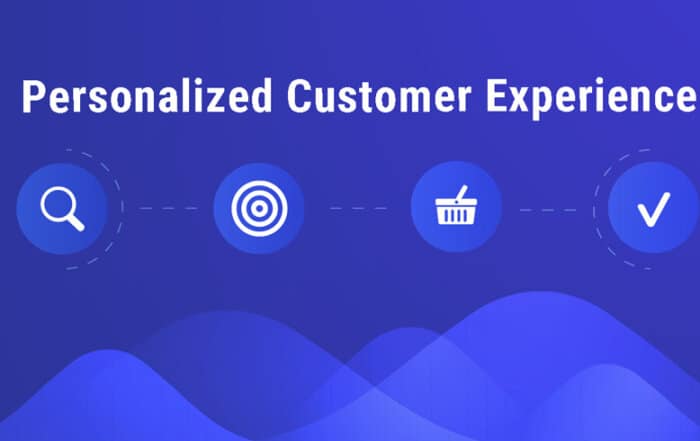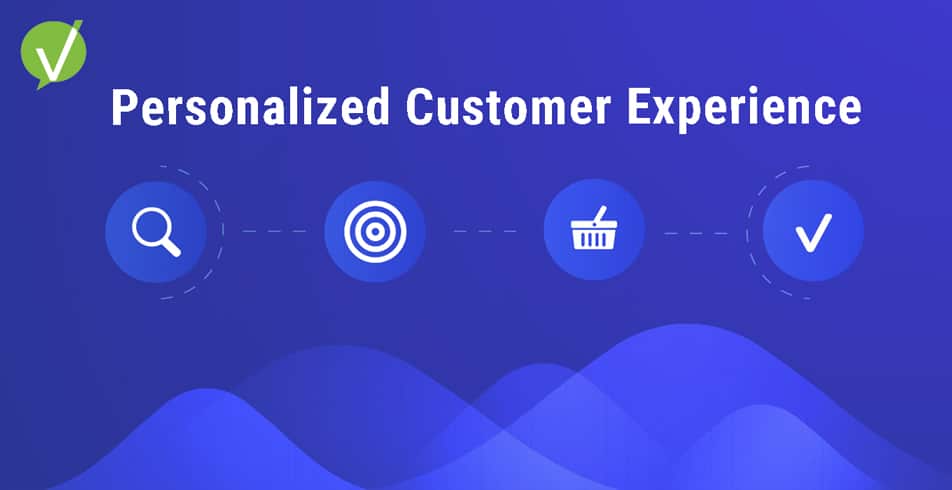Customer Service Strategy: Drive Loyalty & Elevate Customer Experience
Introduction
In an increasingly digital and customer-centric business landscape, having an effective customer service channel strategy is no longer a luxury—it’s a necessity. A customer service channel strategy determines how your business will communicate with customers, addressing their concerns, resolving their issues, and ensuring their satisfaction across various channels. It is a roadmap to customer satisfaction, loyalty, and ultimately, business success.
From traditional phone calls and emails to more modern channels like social media, live chat, and self-service portals, the possibilities for customer interaction are ever-expanding. Understanding and harnessing these channels to meet and exceed customer expectations is a vital part of today’s competitive business environment.
In this article, we will explore the art of building a successful customer service channel strategy that caters to diverse customer preferences. We’ll uncover the benefits of a multichannel support system, highlight the power of an omnichannel approach, and provide best practices for seamlessly integrating these channels into your business operations.
Discover how a well-designed customer service channel strategy can elevate your customer experiences, drive loyalty, and give you a competitive edge in the market. Whether you’re new to the concept or looking to refine your existing strategy, this guide offers valuable insights and actionable steps to help you deliver exceptional customer service.
Designing Your Customer Service Channel Strategy
Understanding your customers and developing an effective customer service channel strategy that meets their unique needs can significantly enhance your business’s customer relationship management. Let’s break down this process into three actionable steps: understanding your customers, selecting the right channels, and ensuring channel consistency.
(1). Understanding Your Customers
The first step to designing an effective customer service channel strategy is to understand your customers and their preferences. Customer behaviors and expectations vary widely, and tailoring your approach to their unique needs is key to fostering satisfaction and loyalty.
This doesn’t happen overnight, though. It takes intentional effort and the right tools to gain deep customer insights. Surveys can be a helpful tool to gauge customer satisfaction and collect direct feedback. Interviews, on the other hand, allow for more in-depth conversations and provide qualitative insights into customer needs, preferences, and pain points. Data analysis is also crucial to understanding your customer base. Tools like CRM systems can aggregate and analyze customer data, enabling you to discern patterns and trends in customer behaviors.
(2). Selecting the Right Channels
Once you understand your customers, the next step is to determine which customer service channels best align with their preferences. These can range from traditional methods such as phone and email support to more contemporary approaches like social media, live chat, and self-service portals.
Each channel has its own strengths and limitations, and the ideal mix will depend on your customers’ behaviors and preferences. For instance, if your customers are active on social media, offering customer service through these platforms may enhance your accessibility. Alternatively, if your customers value self-sufficiency, a comprehensive self-service portal could be the way to go. The key here is to select the channels that best match your customers’ needs and lifestyle.
(3). Ensuring Channel Consistency
The final step in designing your customer service channel strategy is ensuring consistency across all channels. A unified and seamless customer experience across channels reinforces your brand’s reliability and professionalism. This is where the power of integrated technology comes into play.
To ensure consistency, standardized messaging is crucial. Regardless of the channel they choose, customers should receive the same level of quality and information in your responses. Moreover, consistent branding across all channels strengthens your brand’s identity and helps to build trust with customers.
To achieve this, integrated technology solutions are invaluable. Using a unified platform that integrates various customer service channels can help to streamline communication, prevent information silos, and ensure a consistent customer experience regardless of the channel used.
Designing your customer service channel strategy is an ongoing process. As customer behaviors and technologies evolve, your strategy should adapt accordingly. With a keen understanding of your customers, the right mix of service channels, and a commitment to consistency, you’ll be well on your way to delivering an exceptional customer service experience.
Benefits of Multichannel Customer Support
Today’s digital age presents customers with numerous avenues for communication. By adopting a multichannel customer support approach, businesses can cater to this diversity, meeting customers where they are most comfortable and at their convenience. This section will explore the benefits of multichannel support in enhancing customer satisfaction, loyalty, accessibility, and engagement.
Meeting Diverse Customer Preferences
First and foremost, a multichannel customer support approach is crucial in meeting diverse customer preferences. Not all customers are alike; while some may prefer traditional phone support, others may opt for newer channels like social media or live chat. By offering multiple channels for support, you accommodate these varying preferences, demonstrating an understanding of and respect for your customers’ individual needs.
When customers can interact with your brand through their preferred channel, they are more likely to have a satisfying and rewarding experience. Over time, this personalized approach can cultivate deeper connections with your customers, fostering greater loyalty to your brand.
Improved Accessibility and Availability
A multichannel approach also enhances your accessibility and availability. With multiple channels open for communication, customers can reach out at their convenience, regardless of time or location. For instance, if your phone support is unavailable outside of business hours, customers can still reach you through email, social media, or a self-service portal.
Moreover, different channels can cater to different types of queries. Quick questions might be more suited to social media or live chat, while more complex issues may require the thoroughness of email or phone support. By improving accessibility and availability, multichannel support not only meets customer needs promptly but also improves their overall experience with your brand.
Increased Customer Engagement
Multichannel customer support also has the potential to increase customer engagement significantly. The availability of multiple channels allows customers to engage with your brand in the way that feels most natural and convenient to them.
For example, the immediacy of social media or live chat can enable real-time interactions, fostering dynamic and engaging conversations. On the other hand, the thoroughness of email or phone support can facilitate deeper, more meaningful interactions, allowing you to address customer concerns in a comprehensive manner.
By promoting better communication and more frequent interactions, multichannel support can strengthen the relationship between your brand and your customers, leading to increased engagement and ultimately, customer loyalty.
A multichannel customer support approach offers myriad benefits, from catering to diverse customer preferences to improving accessibility and fostering increased engagement. By integrating multiple customer service channels into your strategy, you can provide a more personalized, convenient, and engaging customer experience, driving satisfaction and loyalty.
The Power of an Omnichannel Approach
While a multichannel approach allows you to interact with customers across various channels, an omnichannel approach takes it a step further by integrating these channels to provide a seamless, unified customer experience. In this section, we’ll delve into the benefits of an omnichannel approach, including how it enhances customer loyalty and provides a competitive advantage.
Seamless Customer Experience
At its core, an omnichannel approach is designed to offer customers a seamless and integrated experience across all touchpoints. Unlike a multichannel approach where different channels may operate in silos, an omnichannel approach ensures that all channels are interconnected.
For instance, a customer might start a conversation with your brand on social media, continue it through email, and finalize it via phone call. With an omnichannel approach, the customer service representatives at each touchpoint would have full access to the customer’s history, allowing for consistent, cohesive interaction regardless of the channel used. This seamless customer experience significantly improves customer satisfaction, as customers feel understood and valued throughout their journey.
Increased Customer Loyalty
An omnichannel approach not only improves customer satisfaction but also enhances customer loyalty. By providing a consistent, unified, and convenient customer service experience, you show customers that you value their time and are committed to meeting their needs efficiently.
When customers see that they can rely on your brand for consistent service, regardless of the channel they choose, their trust in your brand strengthens. Over time, this trust can develop into loyalty, increasing customer retention and fostering long-term relationships.
Competitive Advantage
In today’s customer-focused business landscape, an omnichannel approach can provide a significant competitive advantage. As customer expectations continue to rise, businesses that provide a seamless, integrated customer service experience stand out from the competition.
An effective omnichannel strategy provides valuable data insights. By tracking customer interactions across all channels, you can gain a comprehensive understanding of customer behaviors and preferences. These insights can inform business decisions, helping you optimize your services and tailor your approach to better meet customer needs.
The omnichannel approach can elevate your customer service to new heights. By providing a seamless customer experience, enhancing customer loyalty, and offering a competitive advantage, an omnichannel strategy can significantly boost your business’s customer service performance. As we move towards an increasingly digital future, embracing an omnichannel approach is more important than ever.
Conclusion
In this digital age, the importance of an effective customer service channel strategy cannot be overstated. By understanding your customers, choosing the right channels to meet their diverse needs, and maintaining consistency across all touchpoints, businesses can provide a satisfying and rewarding customer experience that nurtures loyalty and trust.
We explored the benefits of multichannel customer support, which allows for greater accessibility and availability, caters to diverse customer preferences, and increases customer engagement. This approach enables businesses to meet customers where they are most comfortable, providing personalized support that enhances customer satisfaction.
We also delved into the power of an omnichannel approach. By integrating all customer service channels, businesses can offer a seamless, unified customer experience that significantly enhances customer loyalty and provides a competitive advantage. In a world where customer expectations are constantly evolving, an omnichannel approach is a robust strategy to stay ahead and deliver exceptional customer service.
In closing, designing an effective customer service channel strategy is a dynamic and ongoing process. It calls for a deep understanding of your customers, a strategic selection of service channels, and a commitment to delivering a seamless, consistent customer experience. By adopting a multichannel and ultimately an omnichannel approach, businesses can elevate their customer service, foster stronger relationships with customers, and drive lasting customer loyalty. The journey may be challenging, but the rewards are well worth the effort.













